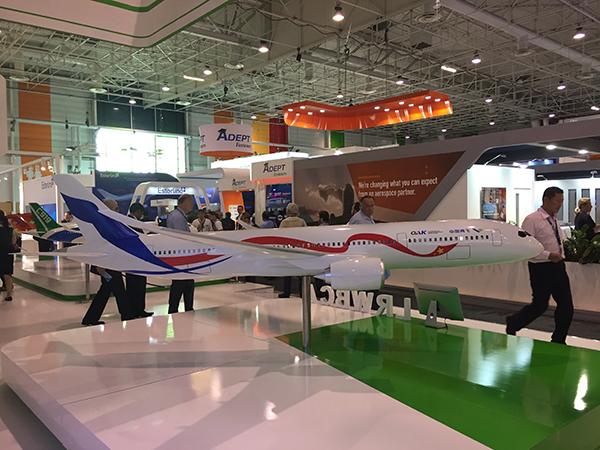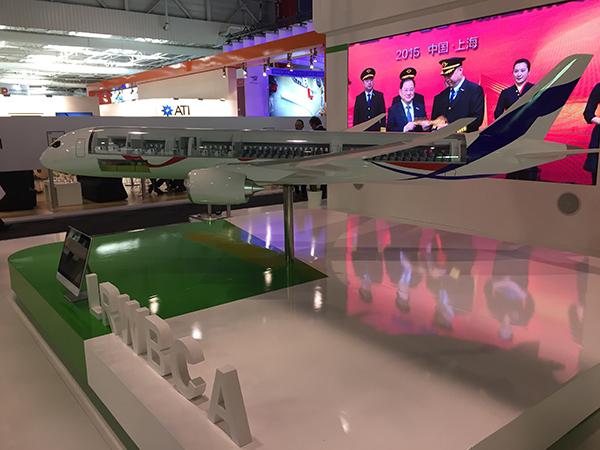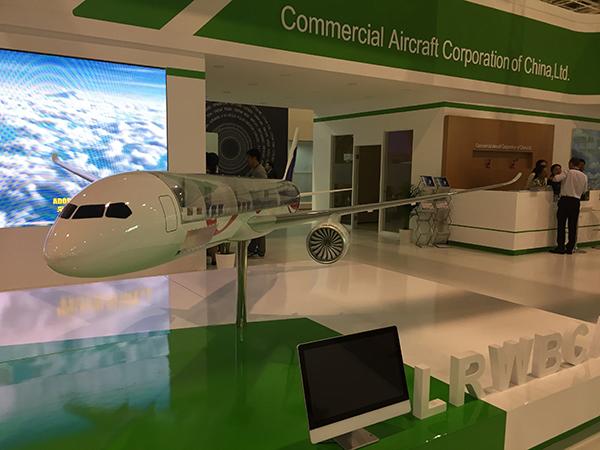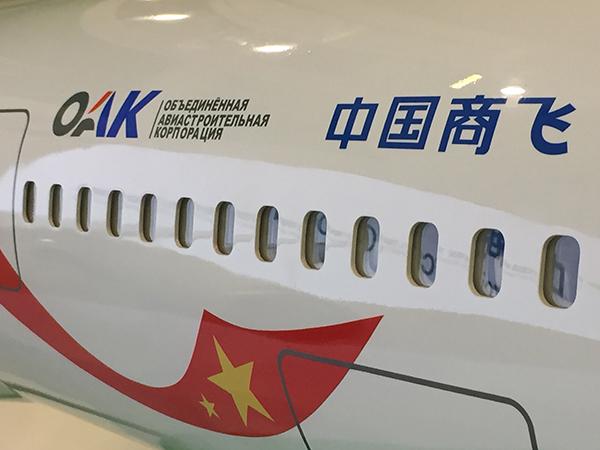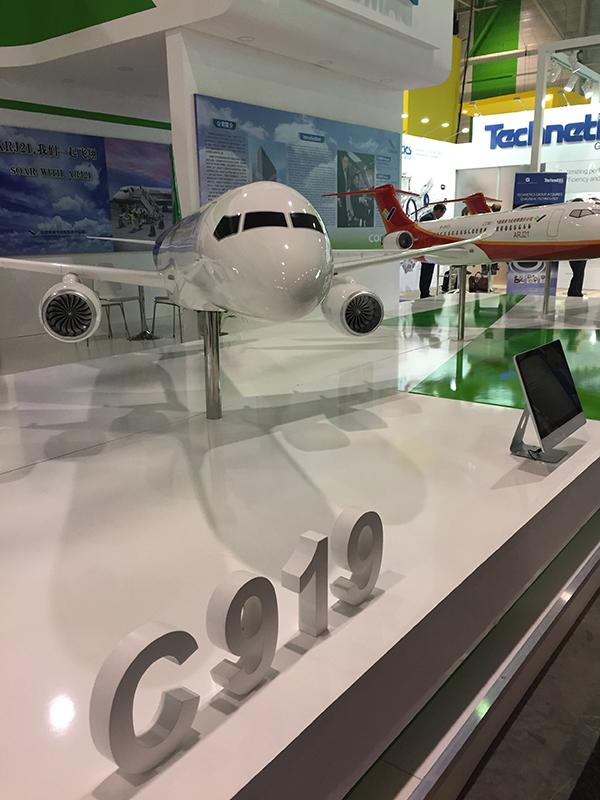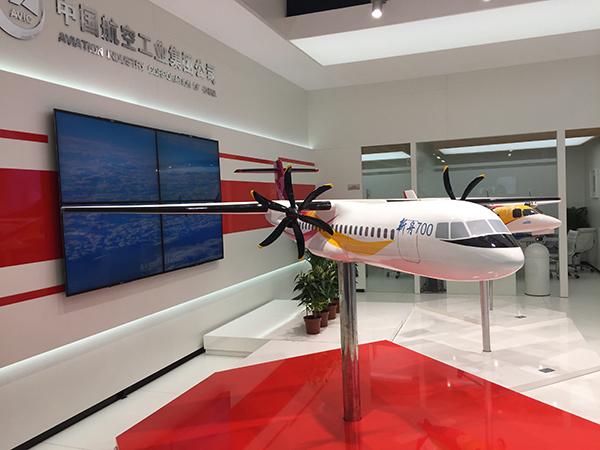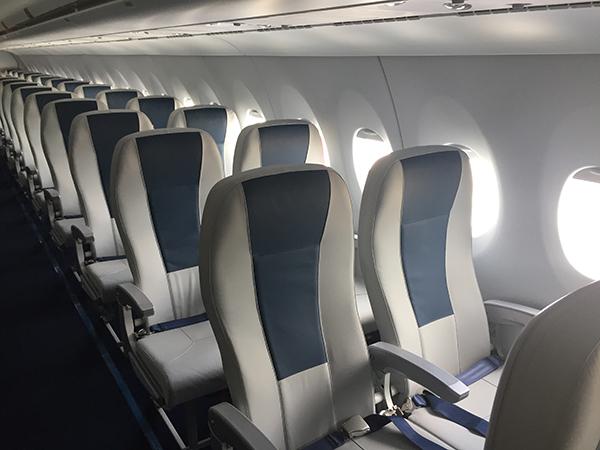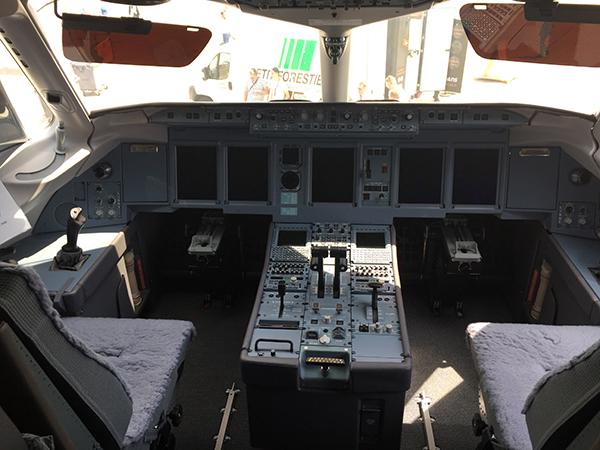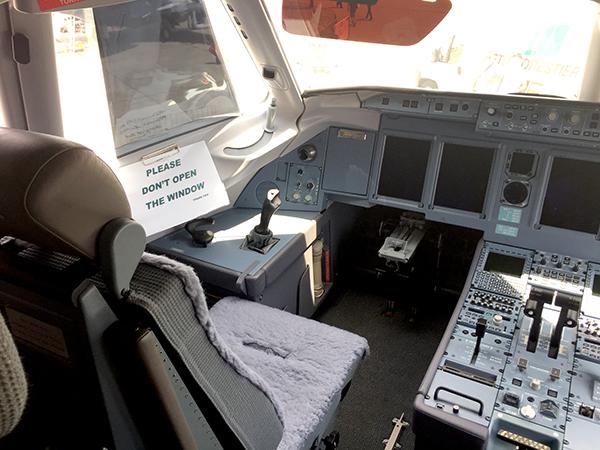China and Russia each have displays of new commercial airliners—current and future—at this week’s Paris Air Show, including a model of a widebody that the two countries plan to develop collaboratively. ATW correspondent Polina Montag-Girmes photographed their aircraft in the static display and models on their exhibit stands.
- Market Sector
- Markets
- Marketplace
- Services
-
Store
-
Market Sector
- Type View All Products
-
- Events
- About
